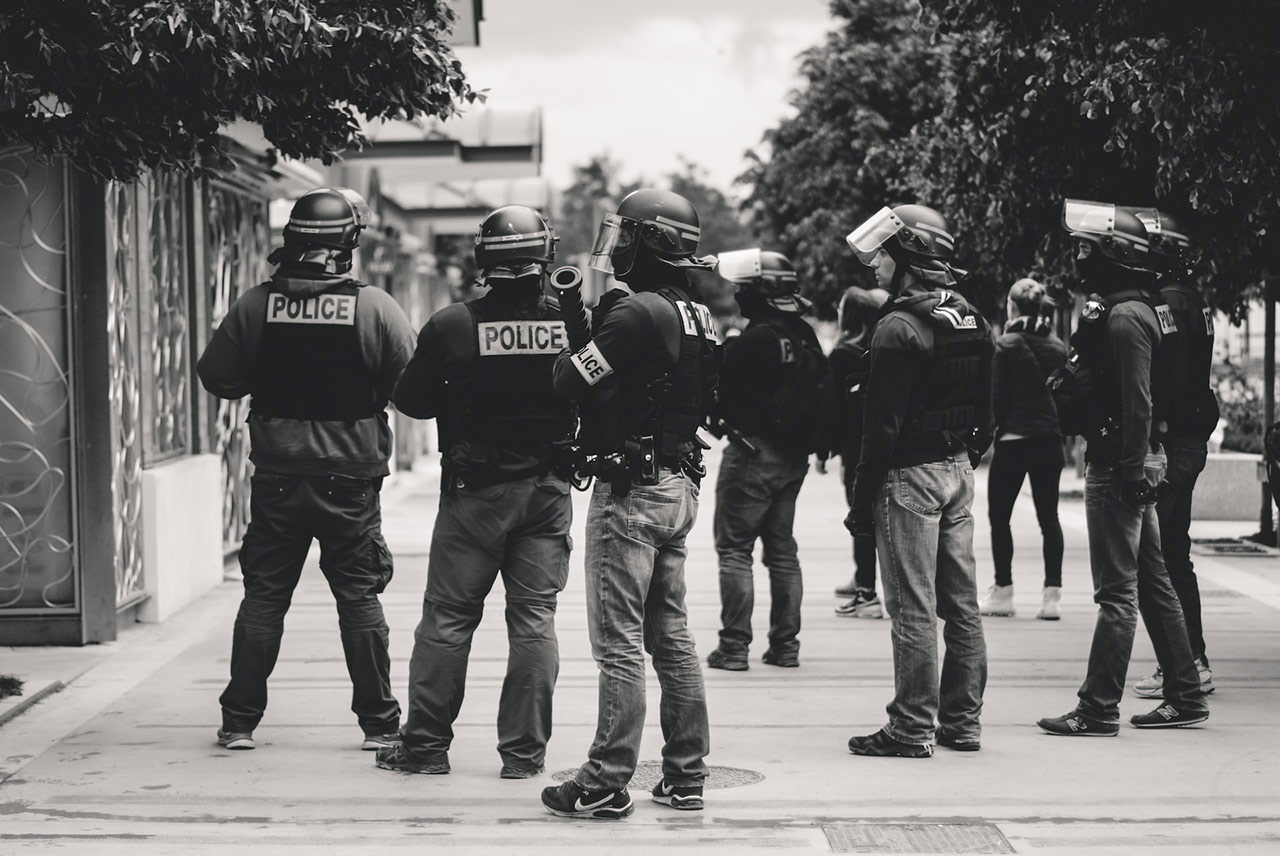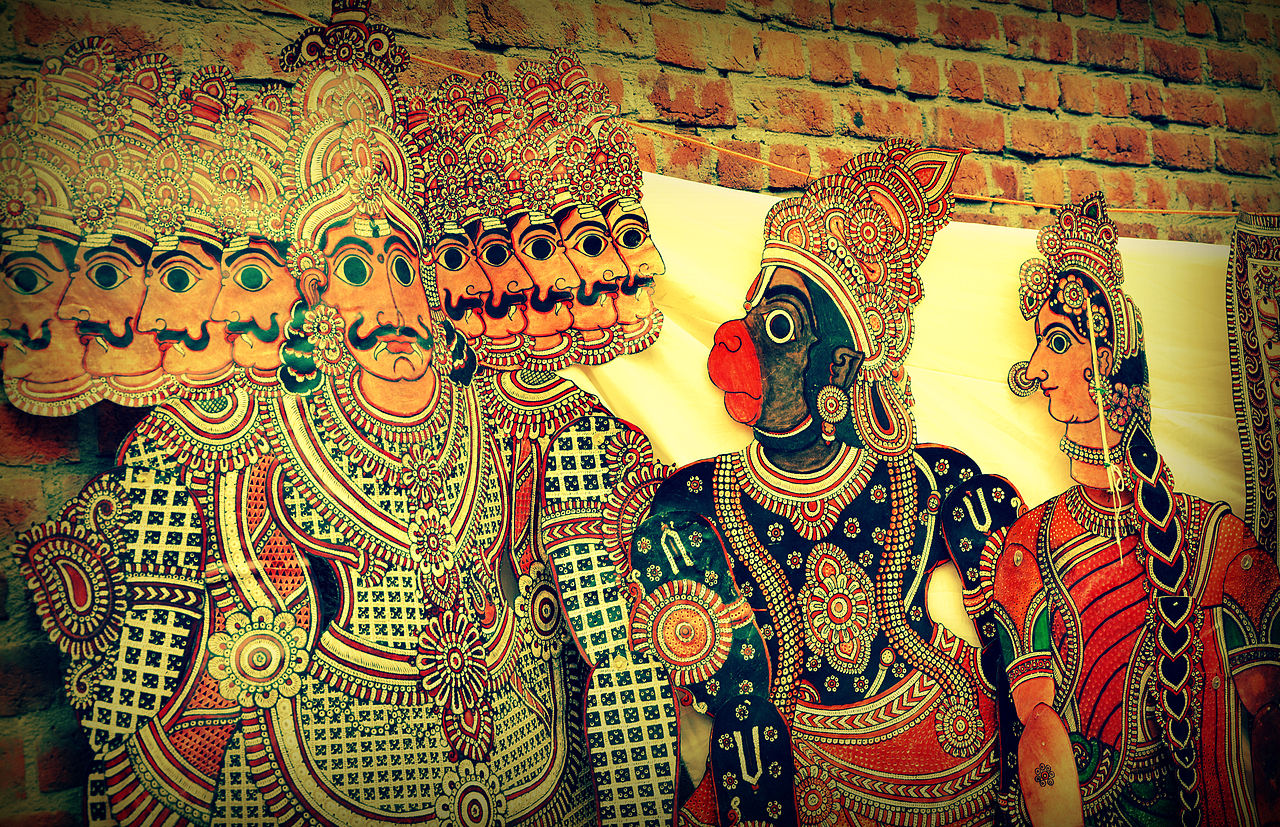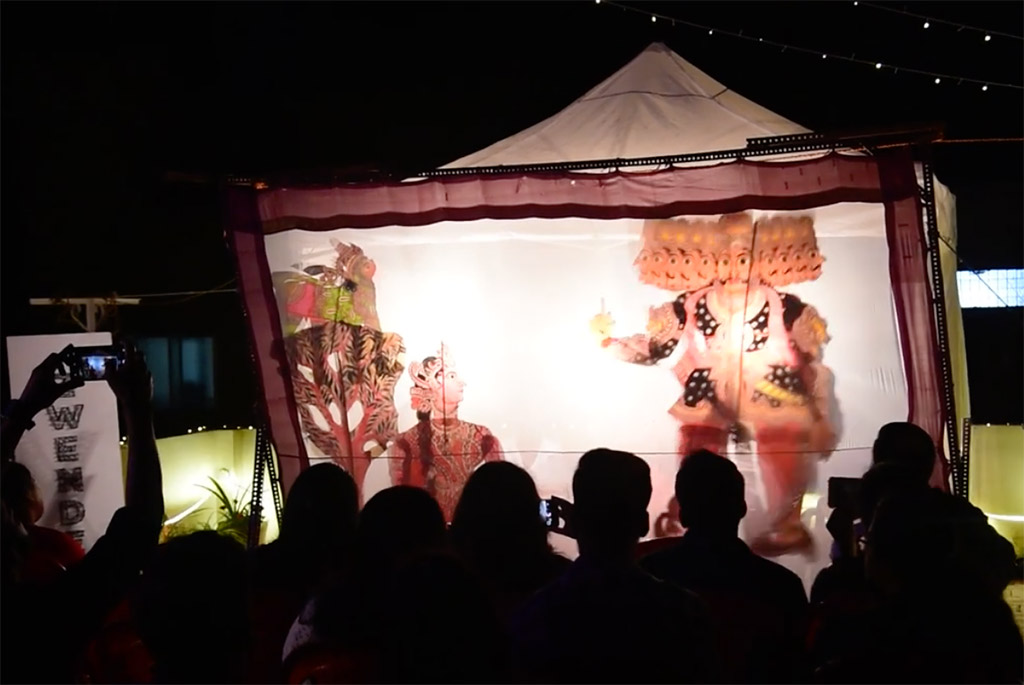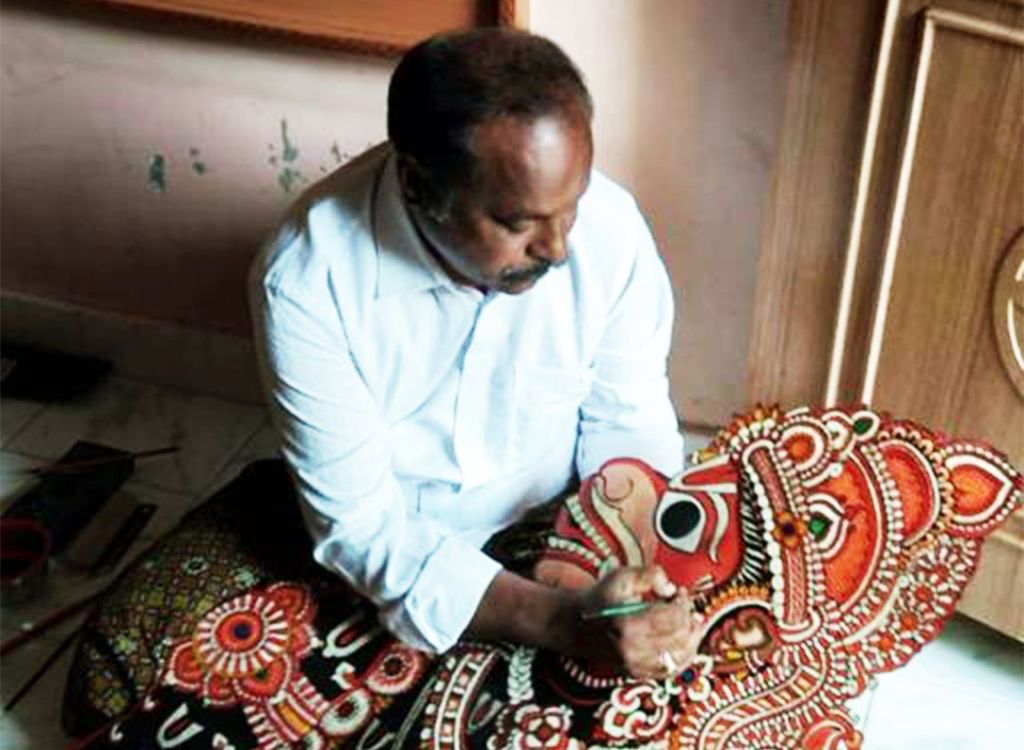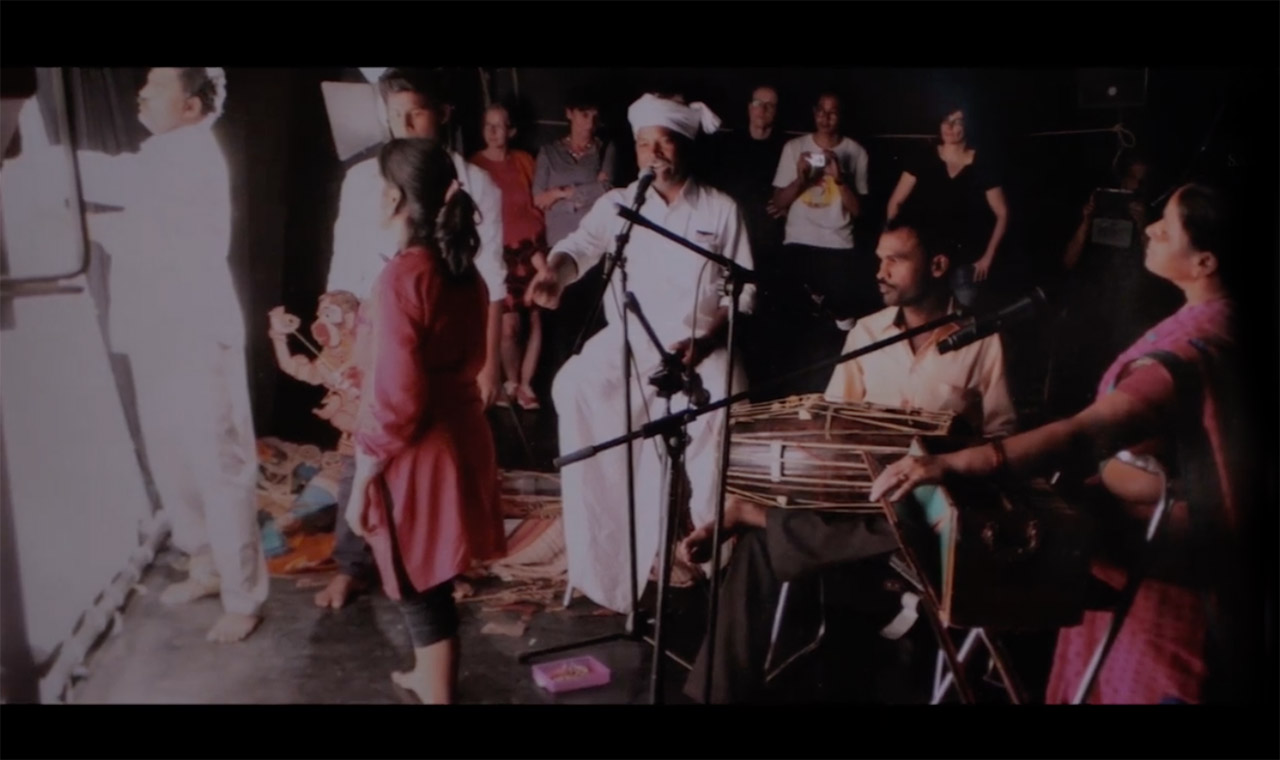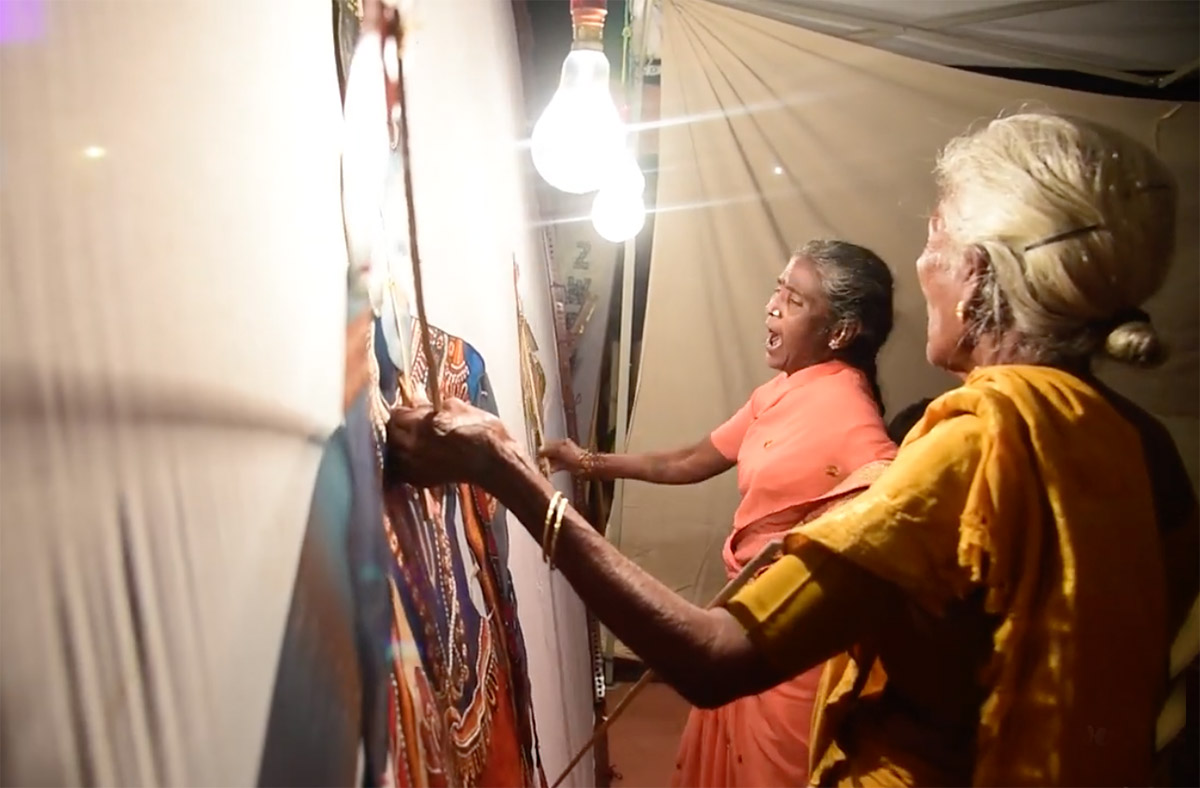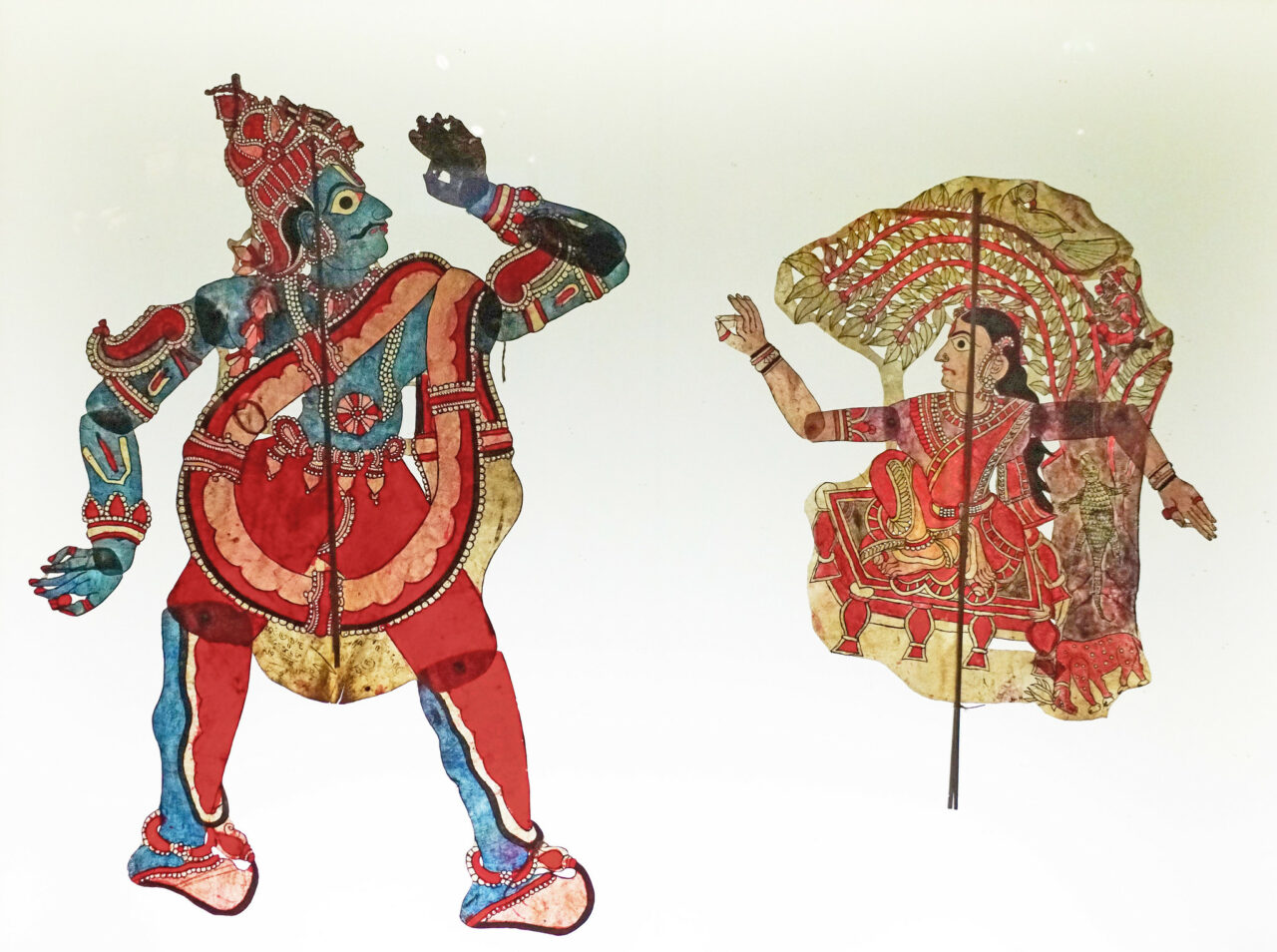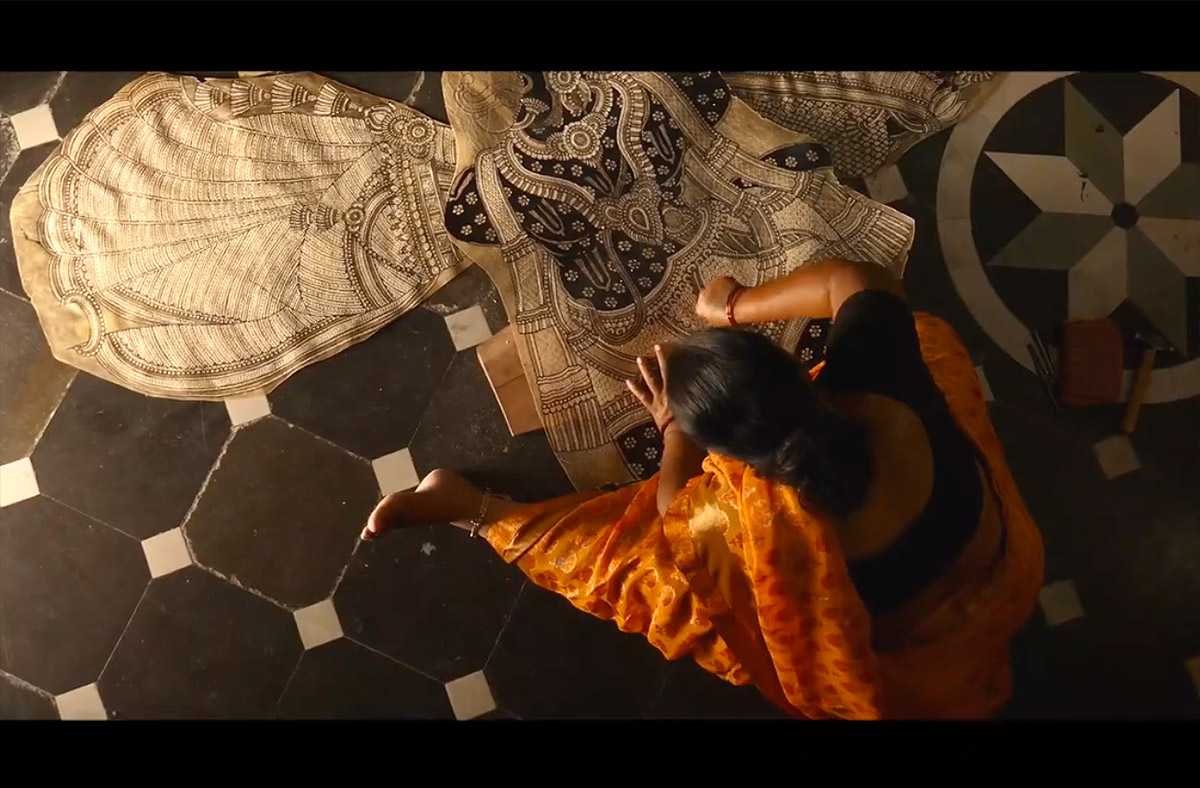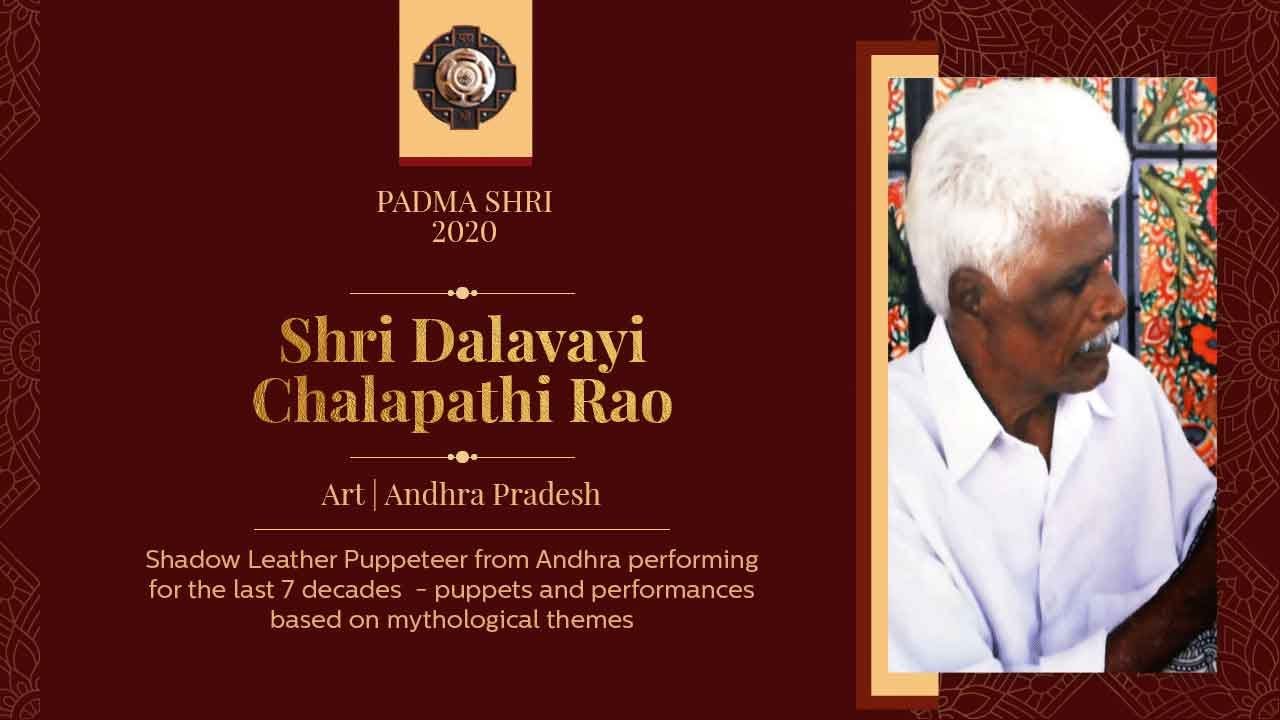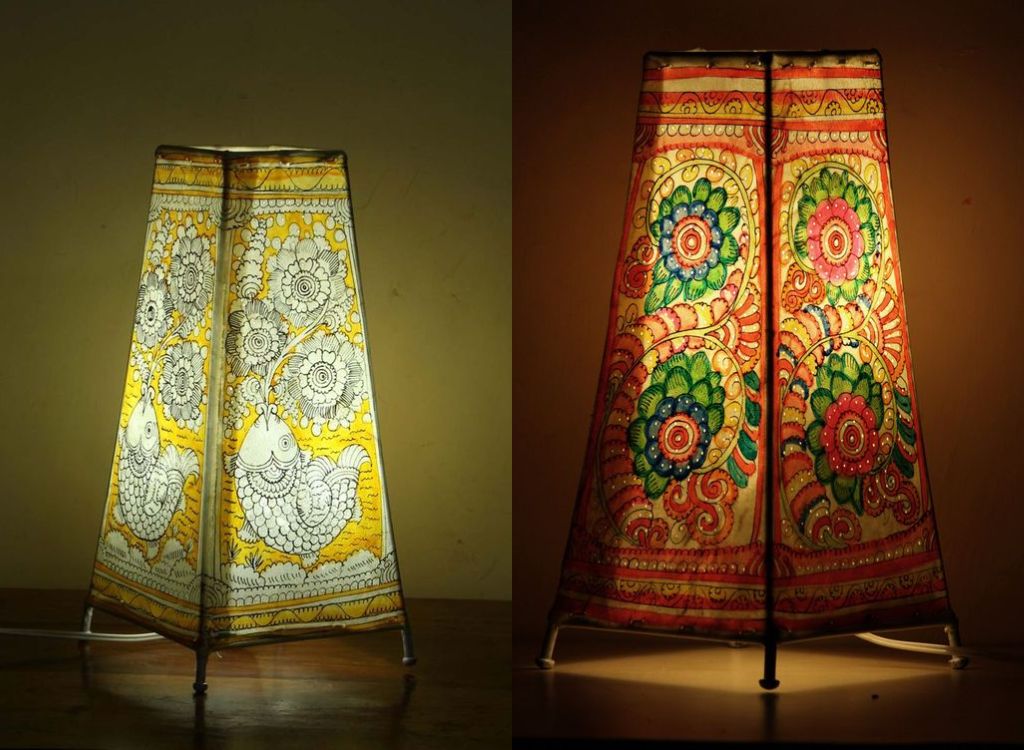Chhattisgarh is known for its lush natural beauty and its iron and steel industries. However, Chhattisgarh has a rich cultural heritage and vibrant folk art forms too, which deserve much more attention than is given to them. The state is home to a diverse range of tribes and communities, each with its unique artistic traditions. From colourful folk paintings and intricate crafts to mesmerising dance forms and soulful music, Chhattisgarh has a lot to offer for enthusiasts of the fine arts and crafts. The Godna paintings are one such unique art.
History of Godna Painting

Godna paintings are a traditional form of indigenous art that originated in the state of Chhattisgarh and some regions of Bihar from the tattooing tradition of the Gond, Dusadh and Oraon tribes amongst many tribes.The name of Godna paintings was derived from the Hindi word ‘Godna’, which means ‘to tattoo’ or ‘to prick’. These paintings are deeply rooted in the cultural and spiritual beliefs of the indigenous tribes of the region and have been practised for centuries, the difference being that the original medium was skin. The tattoos were traditionally done by women, and were supposed to have healing powers. Some tribespeople also believe in the divinity of tattoos because this is the only ornament or decoration that remains with them- even after death. Besides these beliefs, they were also done to commemorate important events in the lives of women, like the attainment of puberty and weddings.
The Godna paintings are a unique art, not just because of their style, but because of the fact that the bulk of the community of artists consists of impoverished rural tribal women whose means of independence is this art of tattooing. In the 1970s, a German anthropologist named Erika Hoser visited a Dusadh village and inspired the woman to transfer their art of tattooing to create a new art- Godna painting. This is the origin of the Godna paintings that are made today, on paper or canvas.
Themes, Style and Process of Godna Painting

The tattoos are beautiful with geometric patterns and designs, and are made with traditional black ink and sharpened bamboo reeds or thorns. The themes and styles of the paintings encompass the same as that of the Godna tattoos, but, instead of just the black colour that was used for the tattoos, the Godna women also use paints of multiple colours to beautify the art. They have also included other themes to appeal to all sorts of people- from the famous tree of life to paintings of Hindu Gods and Goddesses, and depictions of the daily life and celebrations of the tribe.
The components of the original Godna art- the tattoo ink- the ink is made of cow bile, soot, herbs, and pig fat or of vegetable juices, oil, and soot. The skin is first perforated or wounded slightly with a sharpened reed or a thorn, and ink is then drawn on it. The paintings are made with similar ink and similar instruments, but they are instead made on paper or canvas, and are coloured in with paints made of natural dyes.The paints are made of natural elements like vegetables, barks, soot, and roots. The outline is applied with a similar bamboo reed, and the paint is filled in with brushes made of bamboo. The paintings consist of intricate geometric patterns or scenes of celebration, and community life of the tribes. They take anywhere from a day to a few days to finish, depending on the intricacy.
Current state of Godna Painting

Godna art is a relatively young art form, when compared to the more established art forms like the Madhubani and Mithila forms of art. While the art comes at a time when interest in traditional arts and crafts is declining, this is also a time of increasing awareness regarding the indigenous crafts of our country. Godna paintings were made to adapt to the nature of the modern day, when there is an increase in interest in handmade display art amongst niche audiences.
Future of Godna Painting

The future of Godna art looks bright. There is an increase in interest in it amongst tribal women, for it provides an avenue for financial stability, independence and freedom from oppression and poverty. There is an increasing number of tribal welfare and women’s welfare organisations that are looking to preserve and propagate this art form- and they have succeeded. From the single village of Jitwarpur that originally took part in the practise of making Godna paintings after Erika Hoser’s visit the art has now spread all over Chhattisgarh and some regions of Bihar. They are also finding ways to make Godna art more lucrative- expanding the media for making Godna paintings from paper and canvas to textiles, including all sorts of clothing from sarees to handkerchiefs.
Takeaway
It is the indigenous arts and crafts of our country and region that make us unique, in this age of increasing modernisation. The traditional arts of our country represent centuries of history and cultural developments, and the communities of artisans who are working on these ancient arts and crafts till this day, are worth supporting. An art like Godna, especially, is worth cherishing and saving, for it supports and represents thousands of tribal women whose source of income and strength is their art. It represents not only history and culture, but the resilience of the tribes and women of India, who have managed to break the shackles of poverty and oppression and gain financial independence through this art form.






















